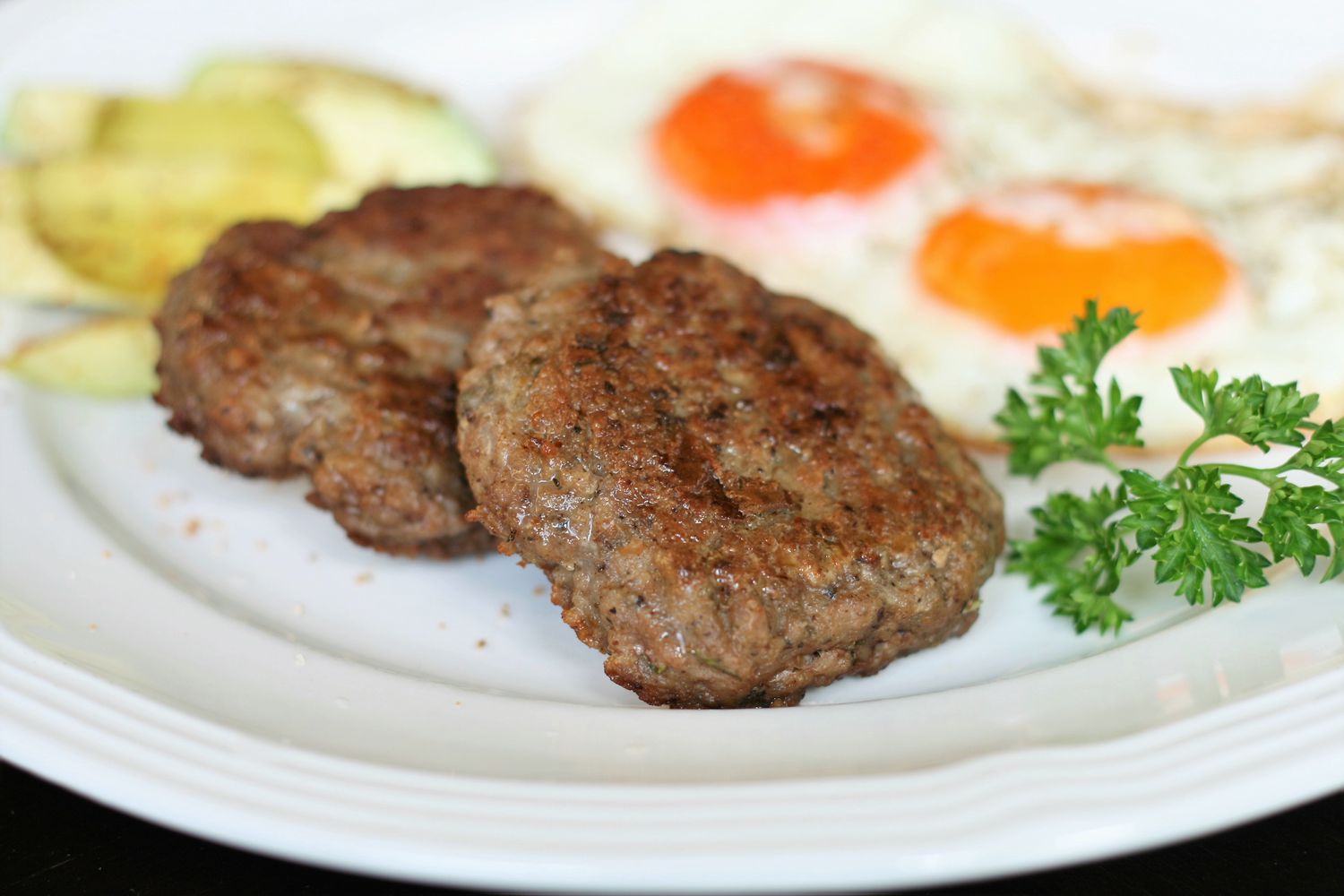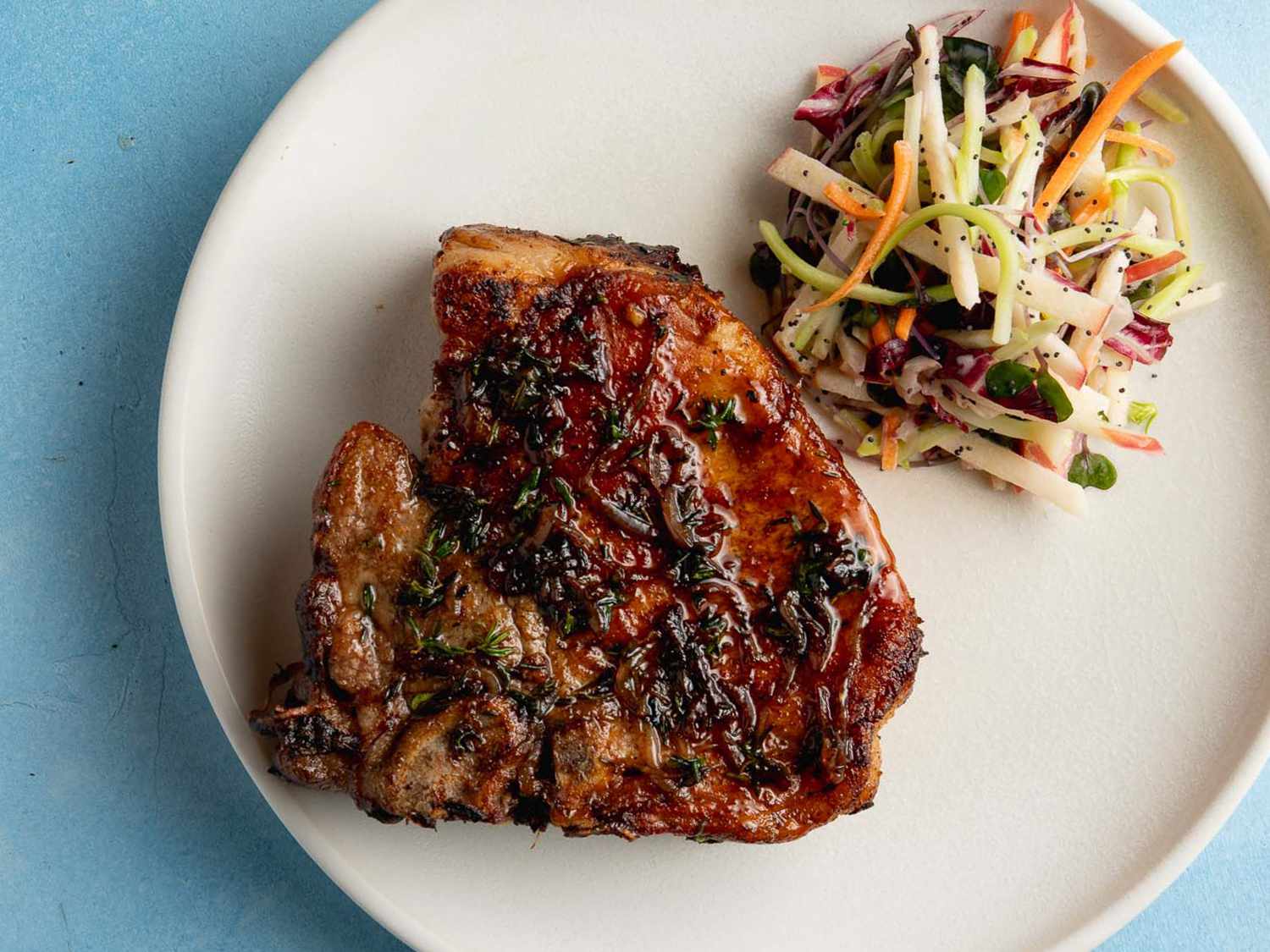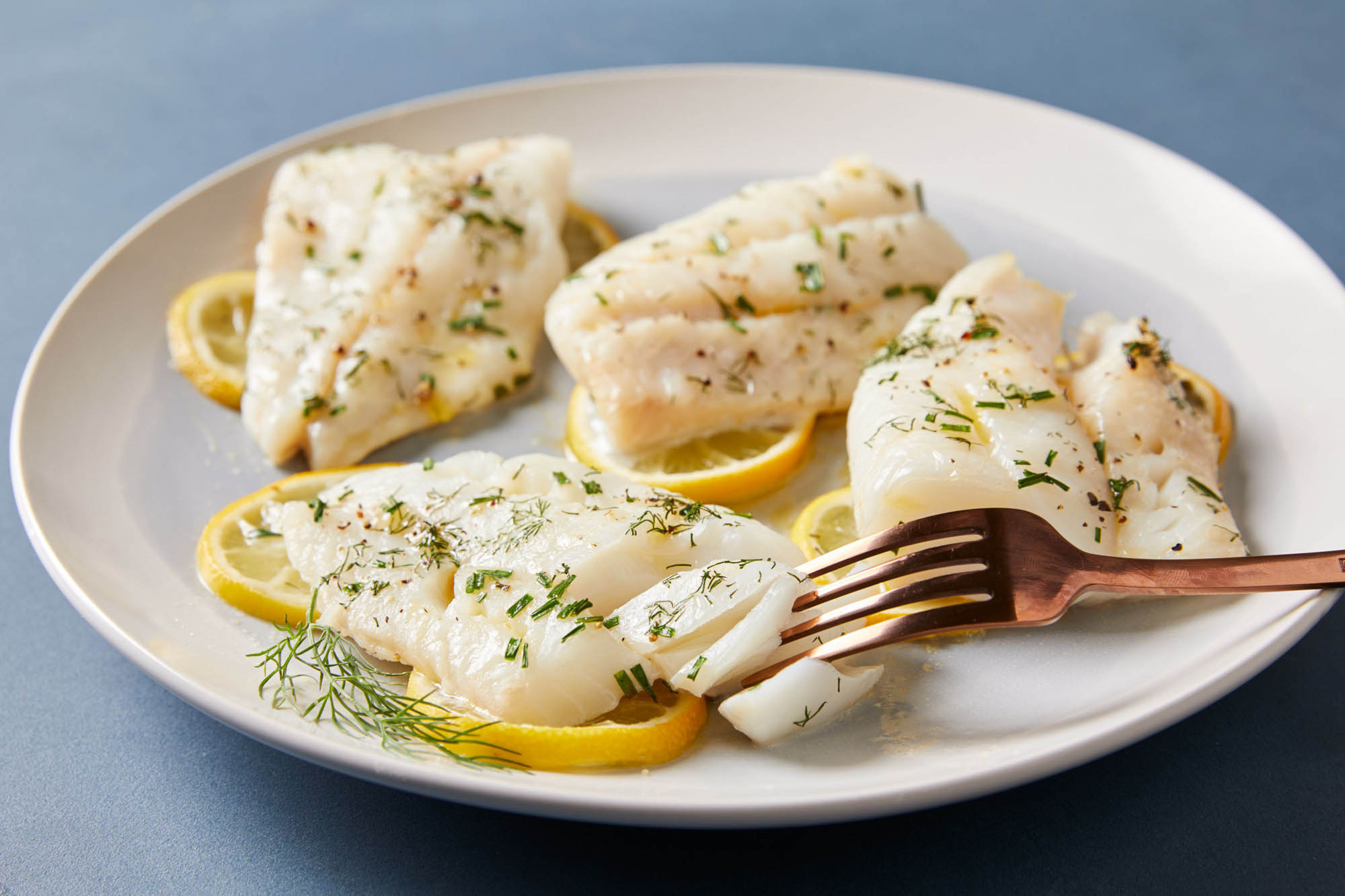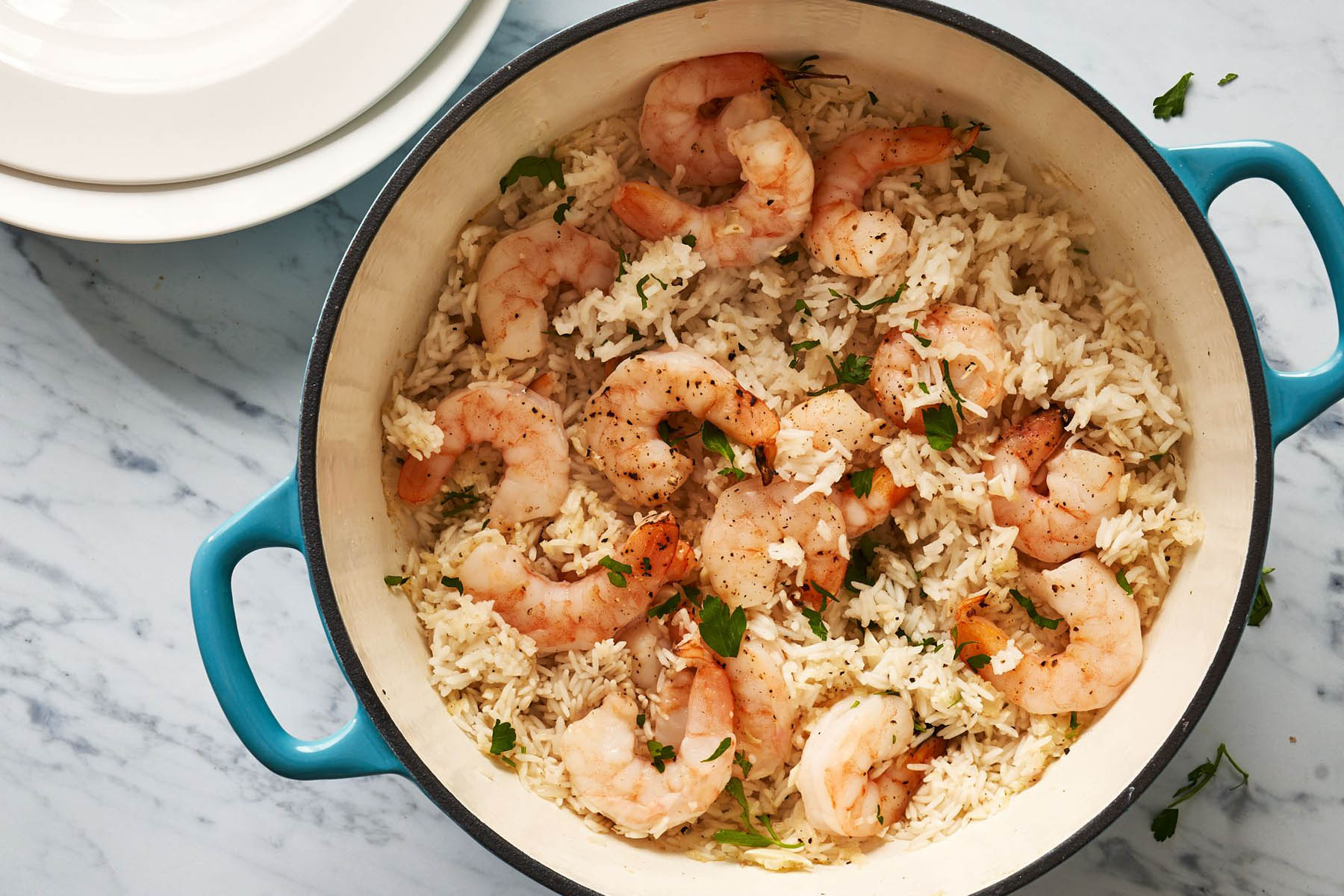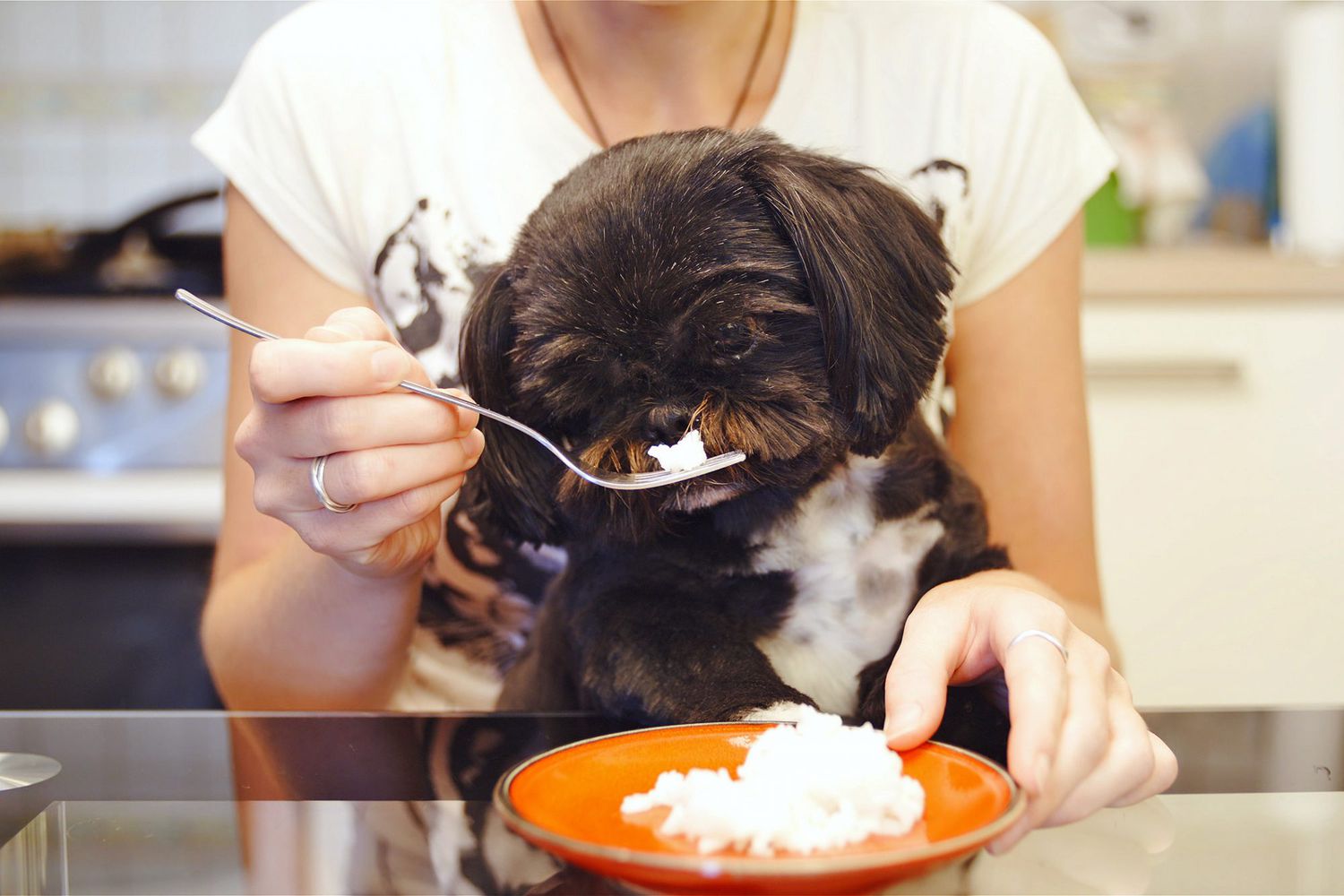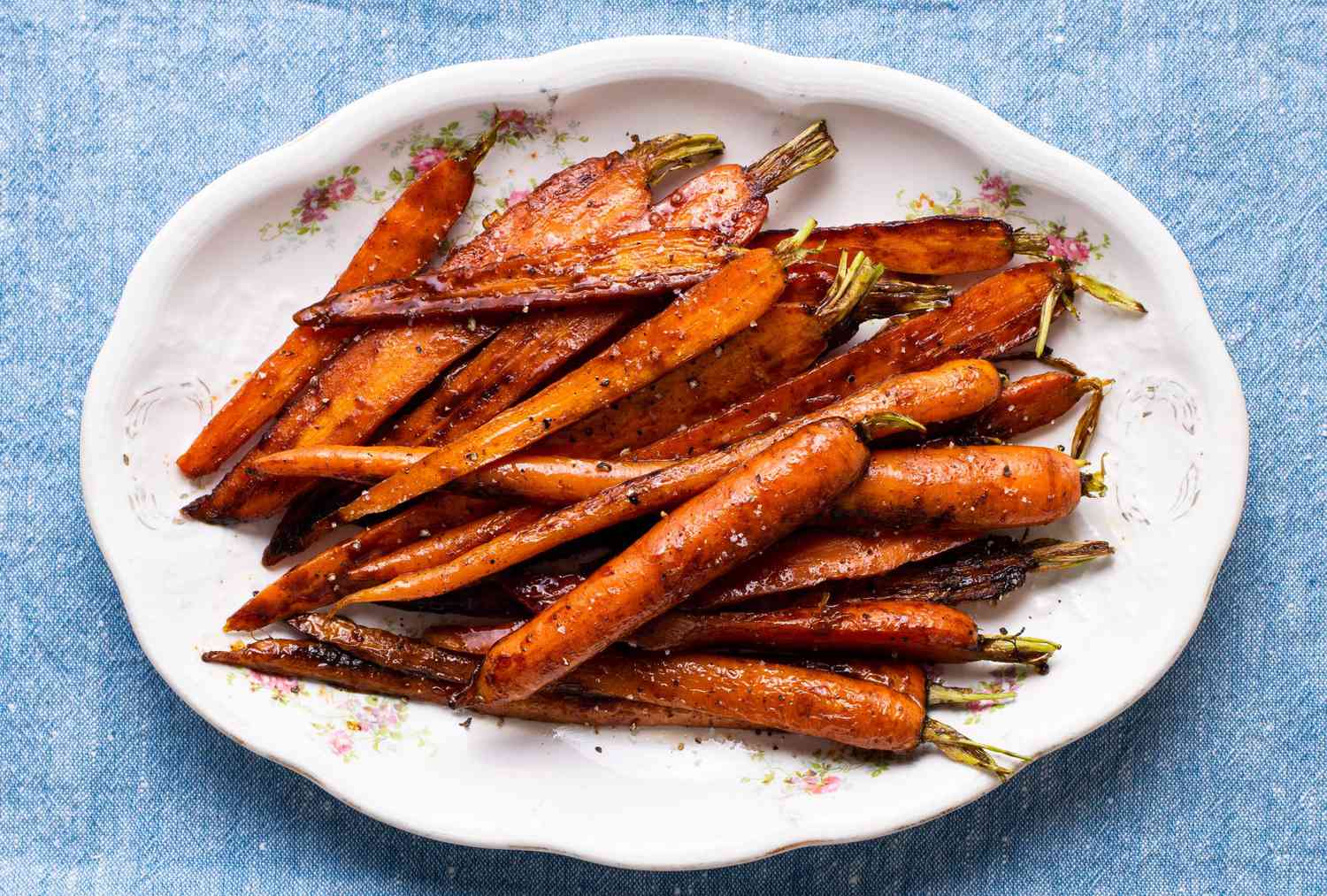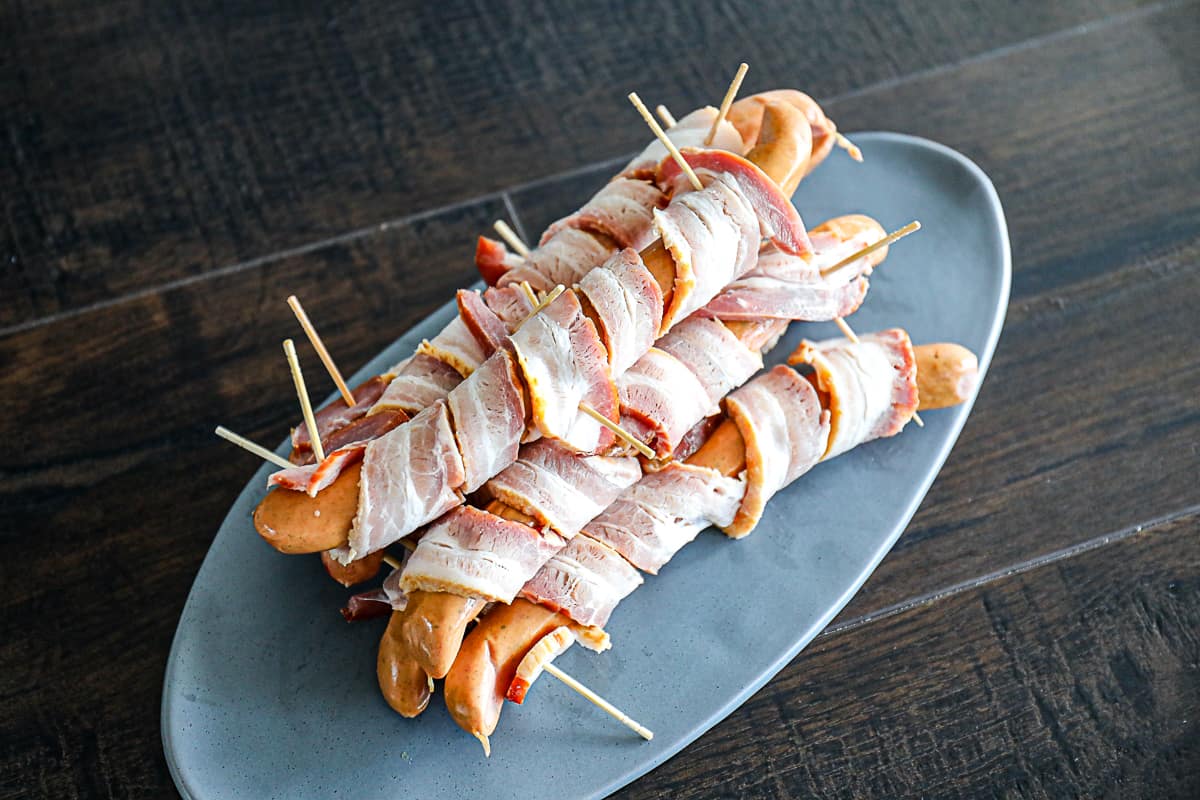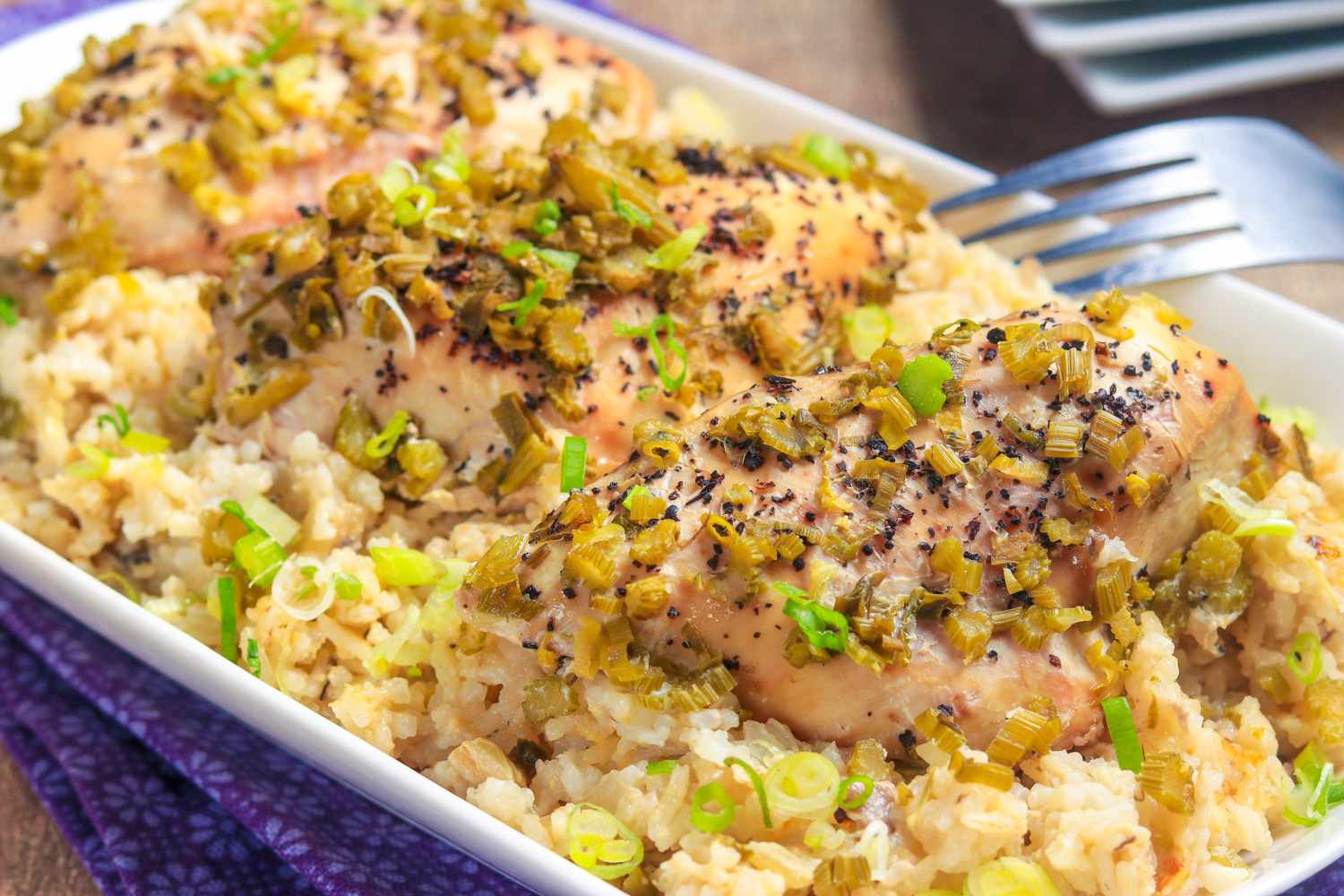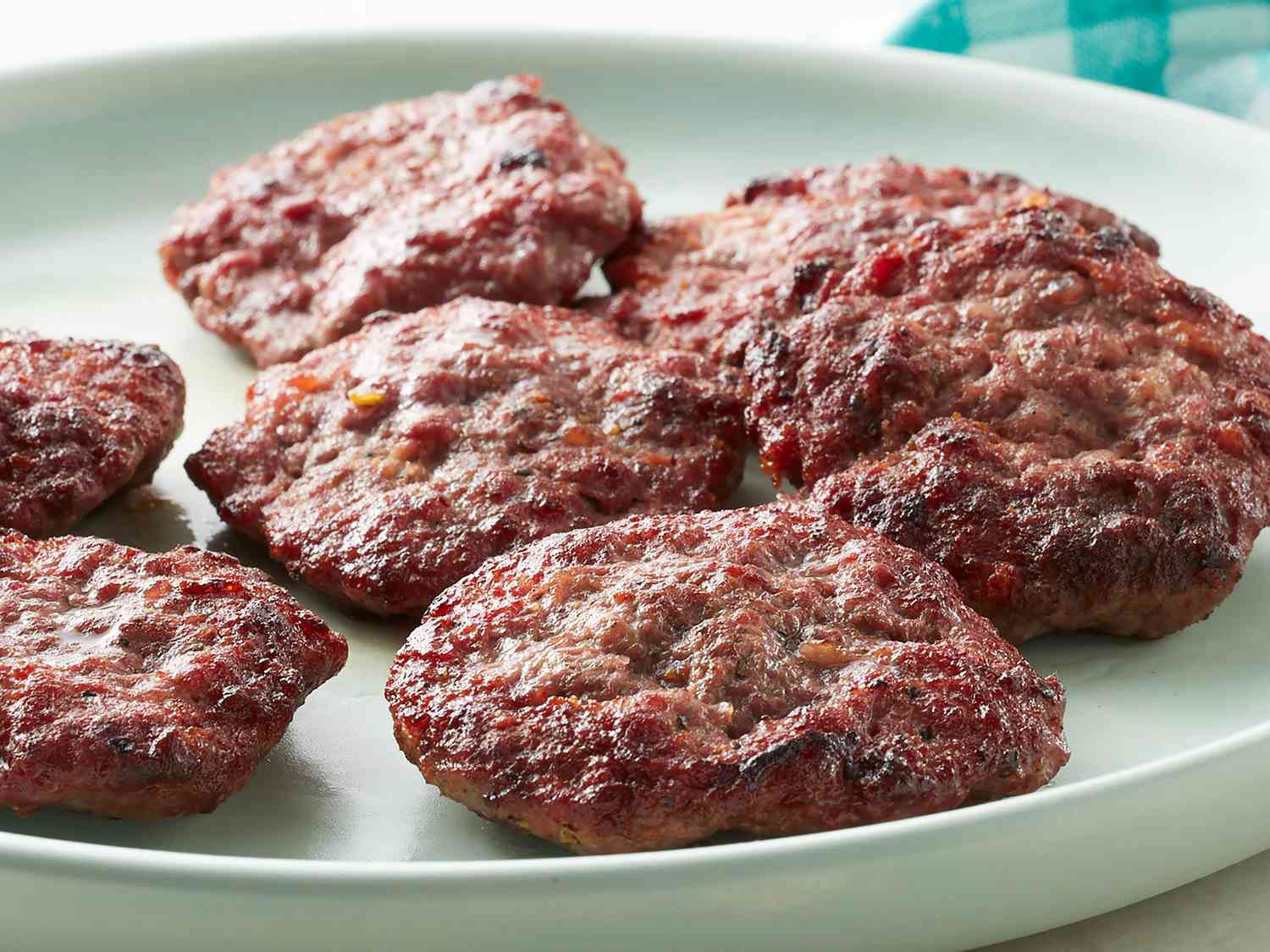Mastering the Art of Cooking Pork Shoulder on Traeger
Are you a fan of tender, juicy pork shoulder? Look no further! In this guide, we will walk you through the steps to achieve mouthwatering results when cooking pork shoulder on your Traeger grill. So grab your apron, fire up your Traeger, and let’s get cooking!
Choosing the Perfect Cut
The first step in creating a delicious pork shoulder masterpiece is selecting the right cut. When it comes to pork shoulder, there are two main options:
- Bone-in Pork Shoulder: This cut is known for its rich flavor and succulent meat. The bone adds extra flavor during the cooking process.
- Boneless Pork Shoulder: If convenience is your priority, boneless pork shoulder is a great choice. It is easier to handle and carve, and it still has fantastic flavor.
Preparing the Pork Shoulder
Before you start grilling, it’s important to properly prepare your pork shoulder. Here’s how:
- Trim Excess Fat: Trim any excess fat from the surface of the pork shoulder, leaving a thin layer to enhance flavor and juiciness.
- Apply a Rub: Creating a flavorful rub is key to elevating the taste of your pork shoulder. You can choose from a variety of rubs available on the market or create your own using a combination of herbs, spices, salt, and sugar.
- Making It Stick: After mixing your rub ingredients, generously apply it to the pork shoulder, massaging it into every nook and cranny. The rub will add a delightful crust to your pork shoulder.
- Let It Rest: Allow the seasoned pork shoulder to rest at room temperature for at least 30 minutes. This will help the flavors penetrate the meat.
Cooking Pork Shoulder on Traeger
Now comes the fun part – grilling your pork shoulder on your Traeger! Here’s a step-by-step guide:
- Preheat your Traeger grill to 225°F (107°C). This low and slow cooking method will ensure tender and juicy pork.
- Place the pork shoulder directly on the grill grates, fat side up. Avoid using a drip pan as dripping fat adds flavor to the meat.
- Cooking Time and Temperature: Plan for approximately 1.5 to 2 hours of cooking time per pound of pork shoulder. Use a meat thermometer to monitor the internal temperature. The ideal temperature for pulled pork is around 195°F (90°C).
- Patience Is Key: Cooking pork shoulder is a slow process, so resist the temptation to constantly check on it. This will help maintain a consistent temperature and avoid unnecessary heat fluctuations.
- Wrap and Rest: Once the pork shoulder reaches the desired temperature, remove it from the grill and wrap it in aluminum foil. Allow it to rest for at least 30 minutes. This rest period allows the juices to redistribute throughout the meat, resulting in a tender and flavorful final product.
Serving and Enjoying Your Pork Shoulder
After the resting period, it’s time to unveil your delicious creation! Follow these final steps to serve and enjoy your perfectly cooked pork shoulder:
- Unwrap the pork shoulder and transfer it to a cutting board. Using two forks, gently pull the meat apart to create succulent shreds.
- Serving Suggestions: Pork shoulder pairs well with a variety of side dishes such as coleslaw, cornbread, baked beans, or grilled vegetables.
- Sauce It Up: Enhance the flavors even more by serving your pork shoulder with your favorite barbecue sauce or a tangy vinegar-based sauce.
- Enjoy! Sit back, relax, and savor each bite of your perfectly cooked pork shoulder.
There you have it – a comprehensive guide to cooking pork shoulder on your Traeger grill. With the right cut, preparation, and cooking techniques, you’ll be able to create a mouthwatering masterpiece that will impress friends and family. So, get ready to unleash your inner pitmaster and enjoy the flavorful journey of cooking pork shoulder on Traeger!
Was this page helpful?
Read Next: How To Cook Quarter Leg Chicken
